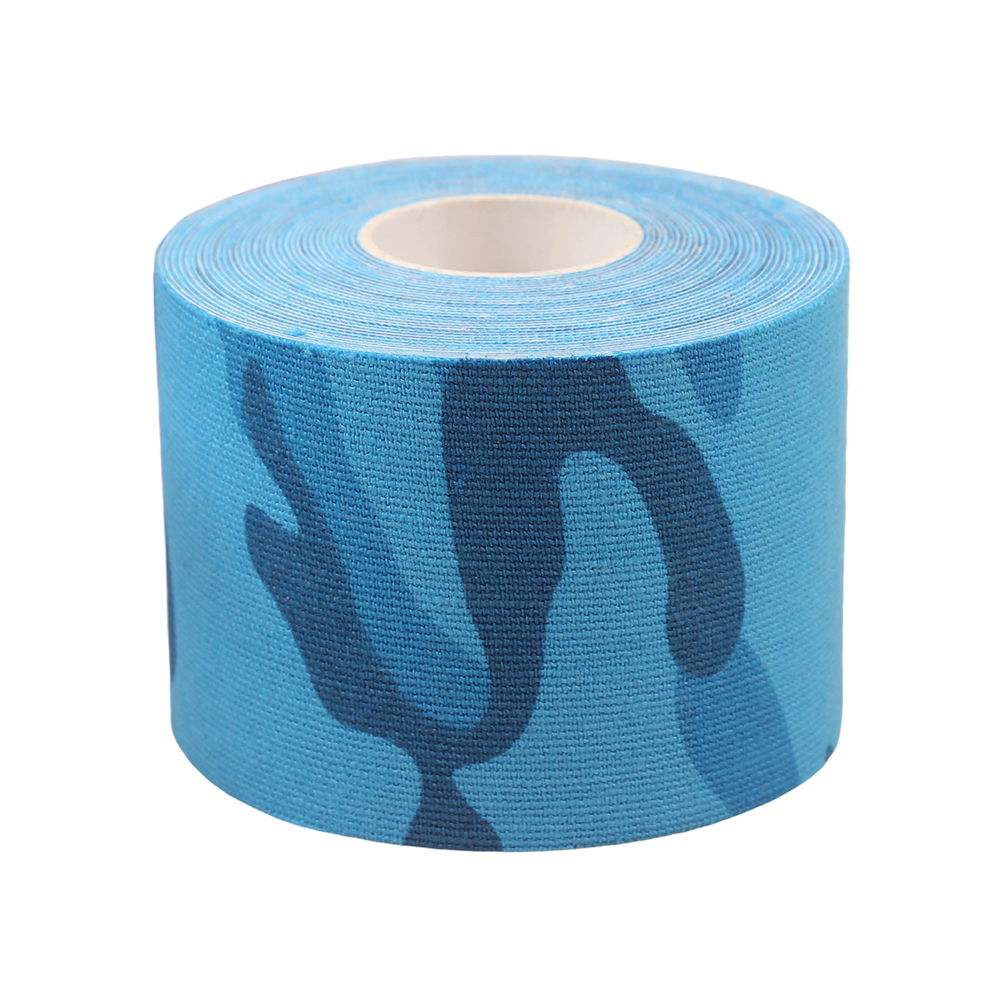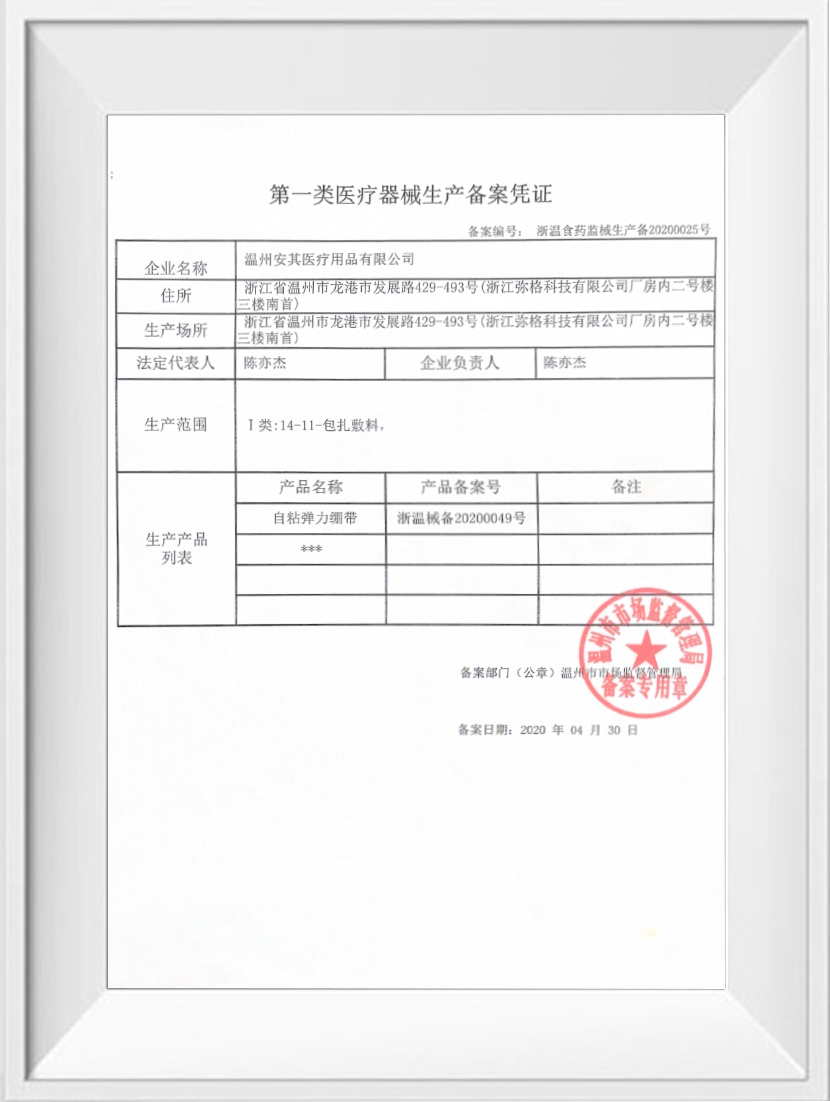Web Menu
Product Search
Exit Menu
We provide quality products and services to customers from all over the world.
Price of Precut Kinesiology Tape for Knee: What Factors Influence It?
From the manufacturer's perspective, several elements directly impact the price of Precut Kinesiology Tape for Knee, starting with the materials used. Quality cotton or synthetic fabric is often the base layer, coated with a skin-friendly acrylic adhesive. The tape must be breathable, flexible, and water-resistant to meet users' performance expectations. High-grade materials may increase the cost but ensure better durability and comfort, which is essential for effective application on the knee joint, where flexibility and support are both crucial.

Another factor influencing the price of Precut Kinesiology Tape for Knee is the precision of the cutting process. Precut designs are meant to eliminate guesswork during application and often include specific shapes optimized for the contours of the knee. This requires advanced cutting machinery and consistent quality control to ensure the tape conforms properly. Investment in automated and laser-cutting technologies helps manufacturers achieve this precision, though it also adds to production costs.
Packaging design and convenience also affect the price of Precut Kinesiology Tape for Knee. Many consumers value individually wrapped strips for hygiene and portability. Some packages also include user instructions, diagrams, or QR codes linking to tutorial videos. These extras enhance the user experience but involve added costs in printing, labor, and packaging materials, all of which are reflected in the final retail price.
Volume production plays a key role as well. When a manufacturer is producing large batches of Precut Kinesiology Tape for Knee, economies of scale can help reduce the per-unit cost. However, small-batch production or customization—such as private-label branding or custom lengths—can increase the price due to setup time, design adjustments, and lower material utilization efficiency.
Research and development also contribute to pricing decisions. Many brands invest in testing the skin sensitivity, adhesive strength, and durability of their Precut Kinesiology Tape for Knee under different conditions such as sweat, movement, and water exposure. Clinical feedback, biomechanical testing, and product iterations lead to improvements, which can justify higher price points for products with proven performance.
Regulatory compliance is another important consideration. Depending on the market, Precut Kinesiology Tape for Knee may need to meet medical-grade standards, undergo dermatological testing, or follow labeling requirements. Meeting these standards involves certification processes, lab testing, and periodic audits, which all influence pricing structure.
Marketing and distribution methods are further factors. If the Precut Kinesiology Tape for Knee is sold through retail chains or sports medicine suppliers, margins and promotional costs need to be considered. Online direct-to-consumer models may reduce some of these costs, although they often require additional investment in digital advertising, e-commerce platforms, and customer service infrastructure.
Customer support and warranty policies may also play a minor role in the pricing. Some brands offer satisfaction guarantees, returns, or support channels that can add value to the customer but come with backend costs for the manufacturer.
In the global marketplace, regional pricing variations must also be acknowledged. Import tariffs, shipping fees, and local tax structures influence the price of Precut Kinesiology Tape for Knee in different regions. A product sold in North America may have a different cost structure than the same product sold in Europe or Asia, even if the base material and quality are identical.
Finally, brand reputation can have a subtle but real effect on perceived value and pricing. Established manufacturers with years of industry presence may price their Precut Kinesiology Tape for Knee higher due to brand recognition, established trust, and proven performance.
Keep In Touch
No.455 New Town Development Road,Longgang City, Wenzhou City
Copyright © Wenzhou Anqi Medical Supplies Co., Ltd. All Rights Reserved.
Approval No: Zhejiang Wenzhou Food and Drug Administration Machinery Production Filing No. 20200025
The information provided on this website is intended for use only in countries and jurisdictions outside of the People's Republic of China.

 English
English русский
русский 中文简体
中文简体 Español
Español Deutsch
Deutsch عربى
عربى

